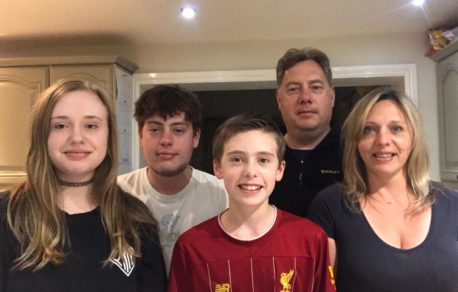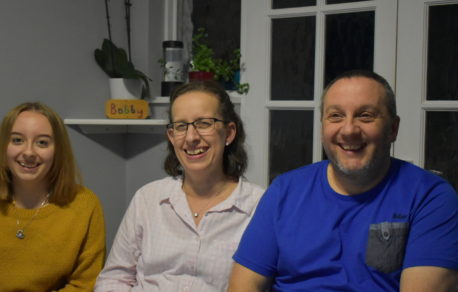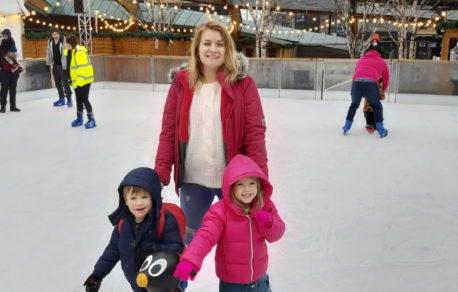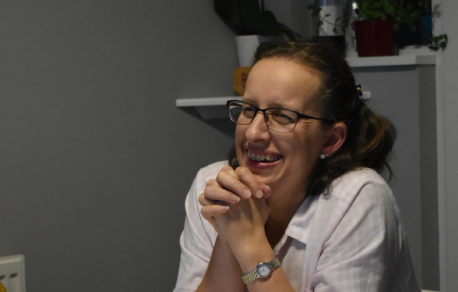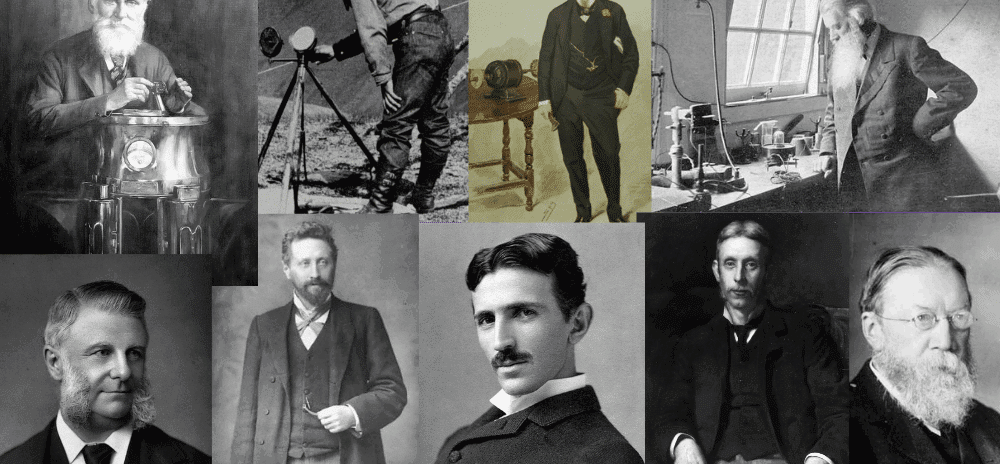
125 years of grantmaking: founded by engineers, for engineers
Meet the prominent engineers who supported us early on
10 October 2025 marks 125 years since Foothold made its first financial grant to support engineers and their families. In that long history, tens of millions of pounds have been given to engineers worldwide during their toughest moments.
This has only been possible thanks to the generous donations of IET members and corporate supporters. Foothold doesn’t get any statutory funding or proceeds from IET membership fees. Members who want to support fellow engineers do so through direct donations to Foothold.
To celebrate 125 years of grantmaking, we’re combing through the archives to explore:
- How and why Foothold began
- The prominent engineers who donated early on
- The first grant
- A wartime turning point and the story of Speirs House
- How our grants work today, and how the need is changing
- What’s next, and how you can help
How it started: engineers building a safety net (1890)
In 1890, a group of influential electrical engineers, members of the IEE (now The IET) passed a motion to create the benevolent fund known as Foothold today.
This was long before the UK had a welfare state. So, driven by compassion for their fellow engineers, they decided to take matters into their own hands.
The benevolent fund’s aim was to give financial help to those in need. IET Archives show:
Sir David Salomons gave notice of the following motions for the next meeting of the Council.
That the Council authorise the establishment of a voluntary fund in connection with the Institution to be called ‘the Benevolent Fund’ and that its objects and regulations be similar to the ‘Benevolent Fund of the Institution of Civil Engineers’
John Hopkinson, then IEE President, inventor of the three-phase power distribution system, and pioneer of electric railways, became the benevolent fund’s first committee chair.
The engineering giants who backed the fund from day one
Some of the era’s most influential engineers were among the first donors. Their support showed how vital they felt it was to support fellow engineers during difficult times.
Sir David Salomons
As well as proposing the fund, he created large labs and workshops at home, leading to patents for electrical equipment and early electric cooking devices and alarms. His home was one of the first to be lit with electricity and is preserved today as a museum and research centre.
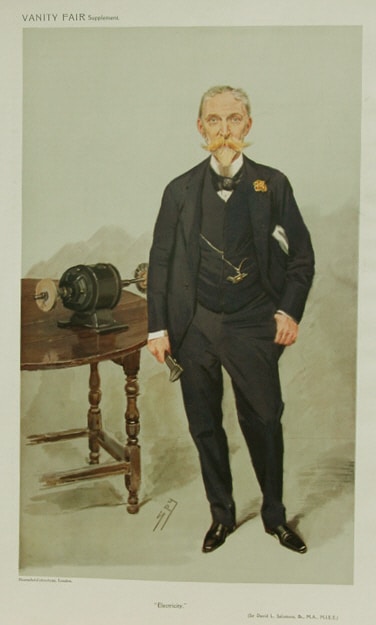
Sir Albert Cappel
Sir Albert Cappel seconded the proposal to set up the benevolent fund. During his career he oversaw the installation and running of the Indian telegraph system and helped create the first permanent transatlantic telegraph cable.
Lord Kelvin
A three-time President of the IEE, and one of the most famous mathematicians, physicists and engineers of his generation. He helped formulate the first and second laws of thermodynamics and improved underwater telegraph cables, with his design linking India with Europe via the Persian Gulf. He also introduced an absolute scale of temperature and developed a tide predictor.
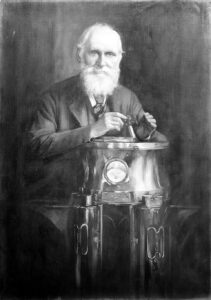
Nikola Tesla
A prolific inventor, his creations included an induction motor, the Tesla coil for alternating-current (AC) electricity, a radio-controlled boat, and a bladeless turbine later used for speedometers.
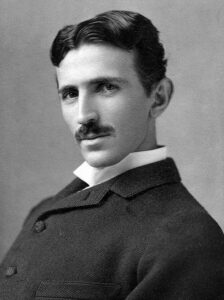
Sir Hugo Hirst (Lord Hirst) & Gustav Binswanger
Co-founders of the General Electric Company Plc, who led expansion into electric lighting and took a major role in building the UK’s National Grid.
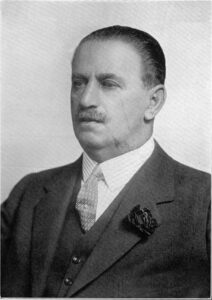
Colonel R E B Crompton
Twice IEE President, he developed steam engines early in his career before he founded Crompton & Co, Britain’s first major generator manufacturer. His electric lights were installed at Windsor Castle and King’s Cross station, and he pioneered house-to-house supply with his own power station.
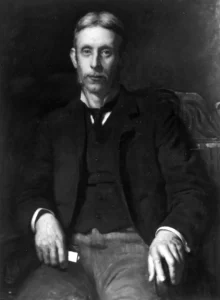
George Harcourt, 1935. Source: IET.
Sir Joseph Swan
A pioneer of carbon printing techniques and incandescent lightbulbs (founding the Swan Electric Light Company which later merged with Thomas Edison’s company), and an IEE President.
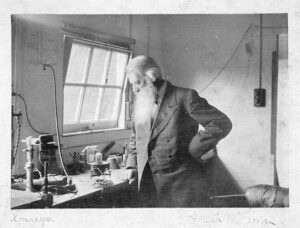
Alexander Siemens
A member of the famous Siemens engineering family, also a founder of the Society of Telegraph Engineers and Electricians (later the IEE) and twice President of the IEE.
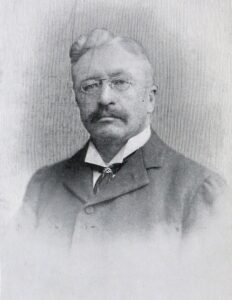
Sir William Preece
A student of Michael Faraday at the Royal Institution, he became Engineer-in-Chief of the British General Post Office, improved railway signalling systems, rolled out a telephone system in England, and developed a wireless telegraphy and telephony system. He also served as IEE President.
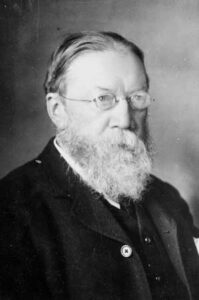
Professor Silvanus P. Thompson
An IEE President and prolific author who wrote the official biographies of Michael Faraday and Lord Kelvin. His design revolutionised submarine telegraphy cables.
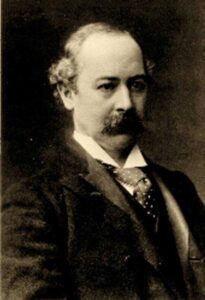
Major General Charles Webber
Co-founder and President of the Society of Telegraph Engineers, he trained over 300 officers in the Royal Engineers in telegraphy, laying thousands of miles of lines to support the Post Office’s construction of the telegraph service.
Professor William Ayrton
Introduced the arc light to Japan and invented a method of detecting faults in telegraph lines. He also jointly created various electrical measuring instruments and served as IEE President.
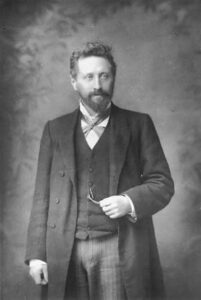
Sir Frederick Abel
Most famous as the inventor of cordite, as a replacement for gunpowder in firearms. He was also one of the earliest IEE Presidents.
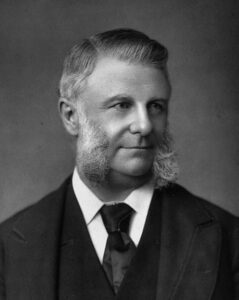
Sir Henry Mance
A key figure in the field of cable laying, he later invented the heliograph (a wireless solar telegraph) and was an IEE President.
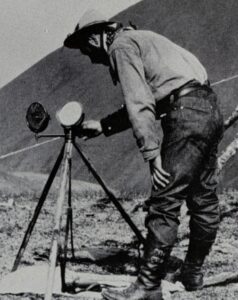
Major General Edward Festing
First Director of the Science Museum in London, he also contributed to the development of infrared spectroscopy, used to study and identify chemical substances in different forms.
The first grant (1900): £20 that set our course
On 10 October 1900, the fund awarded its first grant – £20 (about £2,500 today) – to Charles Capito, an engineer who authored and co-authored papers on electrical engineering, mathematics and mechanics.
While we don’t know the reason for Charles Capito’s grant, early grants often supported people out of work, covered funeral costs, addressed hardship caused by disability or illness, and helped those who were widowed with essentials such as rent.
Some of these early awards were regular grants, paid weekly or monthly, especially when supporting rent payments. Foothold is one of the few benevolent funds that still offers regular, longer-term grants today.
Wartime appeal, Spiers House, and continued grantmaking
Through the early 20th century, grants continued to be made, and donations received, with most grants following the same themes of hardship and essential needs.
Some stood out, including:
- Support for the widow and daughters of Heinrich Hertz, the German physicist who proved the existence of electromagnetic waves. After his death, his family was persecuted by the Nazi government and fled to Cambridge, where both daughters both went on to complete their PhDs (with Mathilde Hertz becoming one of the first female pioneers of biology).
- Part-funding a gymnastics school place for the talented son of an IEE member, who had the opportunity to attend a gymnastics school in Denmark but couldn’t afford the fees.
In 1944, an expansion to our purpose came with the creation of the Homes Fund to support engineers returning from war. Two “unexpected and magnificent responses” followed:
One member gave the Fund “a deferred option of using his house and garden with its furniture and equipment as a home for aged, infirmed or convalescent members”.
Charles Speirs offered his house and estate, the Chester’s Estate, “for use in immediate fulfilment of the objects of the new Fund”.
26 homes were built on the Chester’s Estate, with the first house occupied in July 1950, and the rest of the estate opened in May 1951.
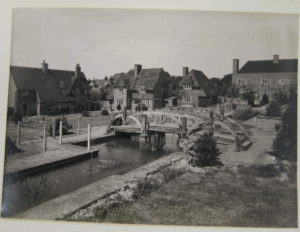
In 1947, the benevolent fund became incorporated as a separate organisation, then in 1962 became a registered charity in its own right.
Charles Speirs died in 1966 leaving the charity the funds to purchase his estate, continuing its use to support engineers. In 1977, half of the estate was sold to finance the conversion of Chester House into a modern residential home – renamed Speirs House – providing accommodation for 26 residents.
Speirs House was sold in 2010 and the proceeds used to create the Speirs Fund, which still provides support to engineers with care and respite needs today.
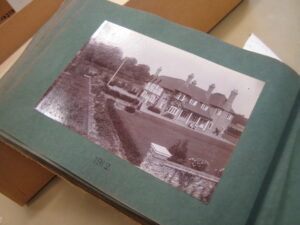
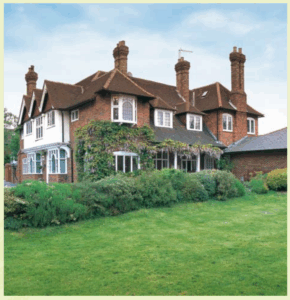
Today’s grantmaking
Foothold still makes both one-off and regular grants. One-off grants may be for essential items that people can’t afford, such as replacing a broken washing machine, furnishing a permanent home after time in temporary accommodation, counselling sessions, or disability equipment.
Sometimes people’s circumstances, whether because of disability, chronic illness, caring duties, or other factors, simply aren’t going to get any easier. Knowing that Foothold can give longer-term support offers reassurance in the toughest of times. We use the Minimum Income Standard as a reference point to guide our regular grantmaking.
We also invest in the future of the sector through our Engineering Neurodiverse Futures programme. We help student engineers to fund a neurodiversity assessment, unlocking the tailored support a diagnosis can bring, which increases their chances of completing their studies and sustaining their careers.
In 2023–24 we paid out £1.2m in grants – but with donor numbers falling, and the cost-of-living crisis showing no signs of easing, maintaining this level of support is becoming increasingly challenging. We need more individual and corporate support to keep pace with the community’s needs.
Helping engineers build resilience
With one of Foothold’s charitable aims being “the prevention and relief of poverty”, we began to focus on prevention too.
In 2019, research with our community revealed needs that went beyond financial support, prompting us to expand services aimed at earlier intervention. Today, that broader support includes:
- Digital health and wellbeing programmes (including monthly webinars, our wellbeing hub, and Mental Health Check-In tool)
- Differently Wired Hub for neurodivergent engineers, students and employers
- Legal factsheets, signposting and advice
- InBest benefits calculator and other practical support tools
While we still make financial grants, our goal is to help engineers and their families build resilience and prepare for life’s challenges, so that fewer people need support with unforeseen expenses.
Looking ahead: the next 125 years
People will always find themselves facing unexpected challenges, and we aim to keep providing the support they need for another 125 years and beyond.
We’ll keep listening and adapting – we survey our community every three years to find out what support best suits their needs, with new findings to be published soon.
And we hope to encourage future generations to support their peers by donating. If you can, please donate. You’ll be giving support when it’s needed most, funded by engineers, for engineers. The more help we get, the more we can give.



